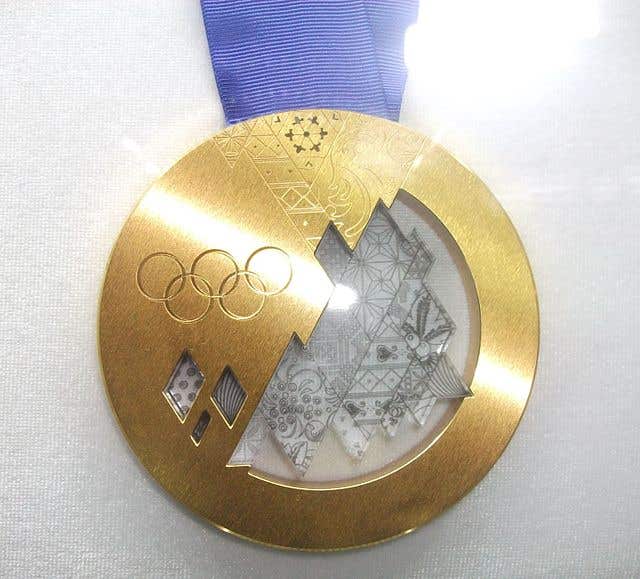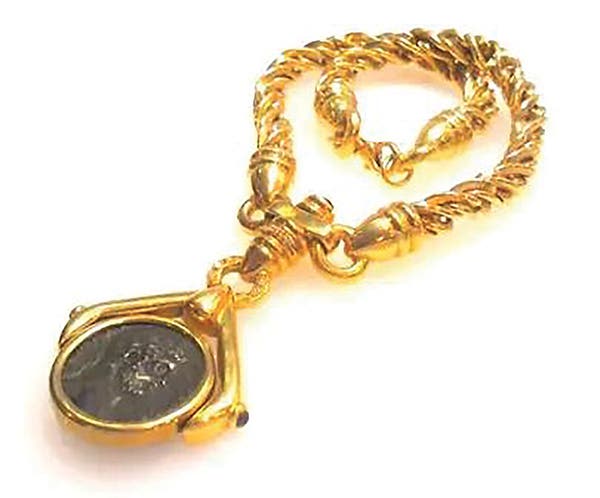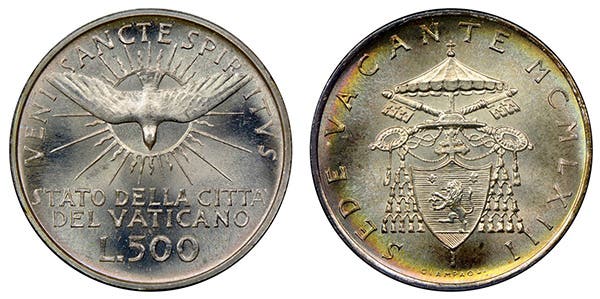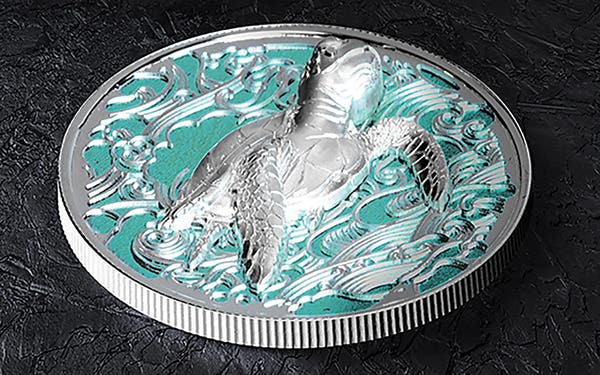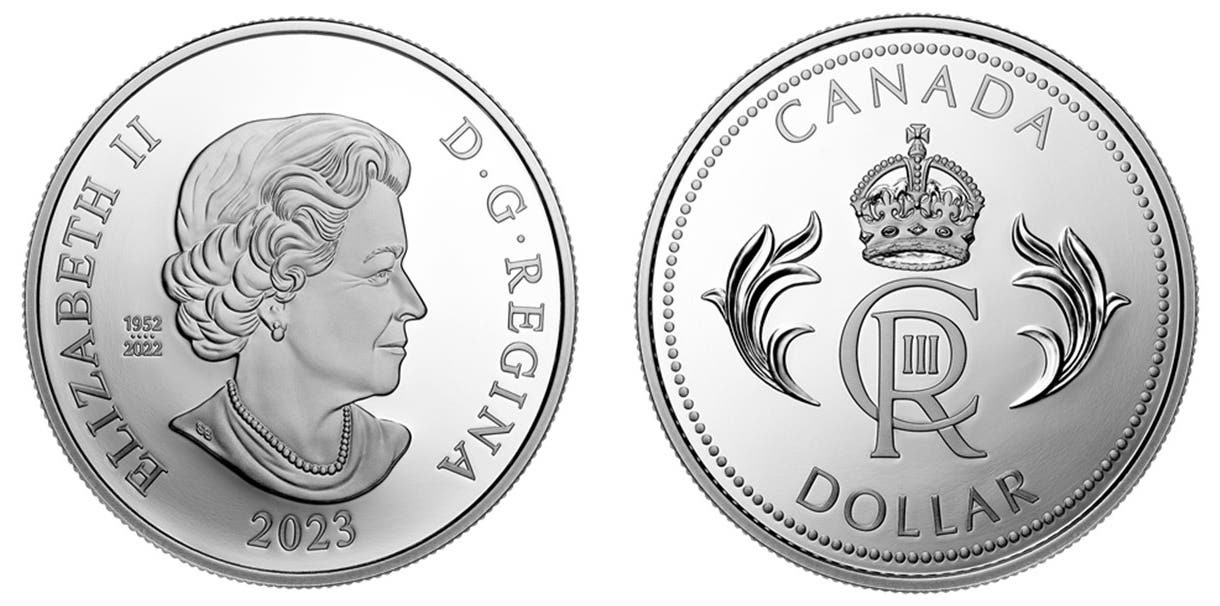IMF to add Chinese yuan to SDR – now what?
As expected, on Monday, Nov. 30, the International Monetary Fund Executive Committee approved the addition of the Chinese renminbi yuan to the IMF’s Special Drawing Rights. The change in the…
As expected, on Monday, Nov. 30, the International Monetary Fund Executive Committee approved the addition of the Chinese renminbi yuan to the IMF’s Special Drawing Rights. The change in the makeup of the currencies used to define the SDR should occur in September 2016.
This change would not have been adopted without the concurrence of the U.S. government. So, obviously, it did.
Here is how the currency components will change from now to after the addition of the yuan:
Proportionally, the euro and pound suffered the largest declines. The U.S. dollar was virtually unchanged—which may have been done in order to secure the support of the U.S. government for the change.
At least two analysts forecast that once the yuan becomes a component of the SDR, central banks around the globe will convert at least one trillion dollars’ worth of existing reserve assets into Chinese currency-denominated reserve assets. Since dollar-denominated assets now make up the majority of global central bank reserve assets, it is a virtual certainty that massive quantities of dollars will be shipped back to the US Treasury for redemption for goods, services, and assets such as ownership of American companies and real estate.
As these dollars are repatriated and demand for dollars in international commerce continues to decline, the value of the dollar to other currencies and to precious metals, in my opinion, is likely to fall. How much? I don’t know. Of the few people who are speculating, the worst I have seen is for a 15 percent drop in the US dollar value within the next twelve months.
As the reality of what is coming next fall becomes more widely known, I anticipate that smart people will strive to minimize their holdings of dollars, U.S. Treasury debt, and other dollar-denominated assets. To a lesser extent, I see the same happening to assets denominated in the euro and the pound.
I don’t know that there would be any paper currency that will be as safe as precious metals.
The next day, on Dec. 1, Charles Evans, the president and CEO of the Federal Reserve Bank of Chicago, addressed the Economic Club of Lansing, Mich. When he took questions from the audience, I was fortunate to be able to ask his opinion on how the addition of the yuan to the IMF’s Special Drawing Rights might impact the value of the dollar.
In response, Evans explained that in the 19th century, the British pound was effectively the world’s dominant currency. He also acknowledged China’s growing economic clout. However, he reminded people that the dollar is the most commonly used currency for international transactions [Author’s note: though down from 90 percent of all international transactions a few decades ago, the dollar is still used for pricing about 60 percent of such trades]. Finally, he did say that change can and does happen, though usually on a gradual basis over the long term.
I understand that any Federal Reserve Bank president would avoid acknowledging that the value of the dollar is at a near term risk of a significant decline. However, that does not mean that the dollar will hold its value fairly well over the long term. For your own financial protection, you might want to convert some of your dollars into currencies—physical gold and silver—that have a multi-thousands of years track record of never failing.
Patrick A. Heller was the American Numismatic Association 2012 Harry Forman Numismatic Dealer of the Year Award winner. He is the owner emeritus and communications officer of Liberty Coin Service in Lansing, Mich., and writes Liberty’s Outlook, a monthly newsletter on rare coins and precious metals subjects. Past newsletter issues can be viewed at http://www.libertycoinservice.com).
More Collecting Resources
• Come on down to the Chicago International Coin Fair in Rosemont, Ill. on April 14 to 17, 2016 to see impressive world coins, meet new collectors and participate in Heritage Auction’s fantastic coin auction.
• Keep up to date on prices for Canada, United States and Mexico coinage with the 2016 North American Coins & Prices guide.



